The Shocking Gamble Behind Pennywise’s Return: What If Bill Skarsgård Said No to IT: Welcome to Derry?
Do you ever wonder why we keep returning to towns like Derry—knowing full well that, if you hang around long enough, something with sharp teeth and a penchant for red balloons will eventually show up? I mean, if there was ever a place not to buy property, Derry is it . And yet, here we are, back again after seven long years since Andy and Barbara Muschietti unleashed Pennywise into our collective nightmares . It’s wild to think an idea that started as just another Hollywood flick has now blossomed into a beastly nine-part series for HBO Max—one that dares to fill in the eerie gaps Stephen King only hinted at in his classic novel . Set in the groovy, swingin’ 1960s (but make it horrifying), IT: Welcome to Derry drags us 27 years before the Losers Club first joined the fray, diving into the murky roots of what exactly haunts this cursed town .
If you’re anything like me, you live for that deliciously queasy tingle as you watch horror from behind a pillow, knowing the real terror is in the anticipation—not the jump scare . This time, Welcome to Derry leans in, teasing Pennywise with a patience I can only dream of, building suspense by holding him back…until you’re practically begging for a glimpse of those menacing eyes . The Muschiettis? They’re not just taking creative risks—they’re playing with our deepest fears and beloved canon, letting us glimpse the stories tucked away in the town’s whispered history (and Mike Hanlon’s interview tapes) .
And, okay, confession—I’ve watched both It movies more times than I should legally be allowed to admit, so chatting with the minds behind all that horror was both a dream and, well, an absolute, sleep-with-the-lights-on nightmare . Who says content can’t be life-changing? The showrunners spill secrets about creative leaps, absurd production challenges, and why there was never a backup plan if Bill Skarsgård didn’t squeeze back into those outsized clown shoes .
Curious if Derry has any fresh horrors left—and how Hollywood’s best scare architects pulled off the impossible? LEARN
It’s been seven years since Andy and Barbara Muschietti last invited us into the terrifying world of It, but they’re not done with Derry just yet. Their next chapter, IT: Welcome to Derry, is a prequel to It (2017) and It: Chapter Two (2019), and it dives even deeper into Stephen King’s horrifying creation.
As someone who lives for a good scare, and has probably watched both It films more times than I should admit, getting to chat with the masterminds behind Pennywise’s nightmares was a dream (or nightmare?) come true.
Set in the 1960s, 27 years before the events of the films, the HBO Max series follows a new cast of kids facing Pennywise’s latest rampage. As lore goes, after each feeding, Pennywise is forced to hibernate for exactly 27 years — meaning this is his last spree before the story we know from the movies. While the films stick closely to King’s novel, Welcome to Derry focuses on the book’s interludes, exploring the stories Mike Hanlon uncovers when interviewing older residents of the town.
What began as an idea for a film eventually grew into a nine-part series that aims to fill the eerie gaps in the It timeline, the moments hinted at in King’s book but never fully explored.
Speaking with LADbible Australia, Andy and Barbara Muschietti opened up about the creative risks, challenges of moving from film to television, and why there was never a Plan B if Bill Skarsgård didn’t return as Pennywise.
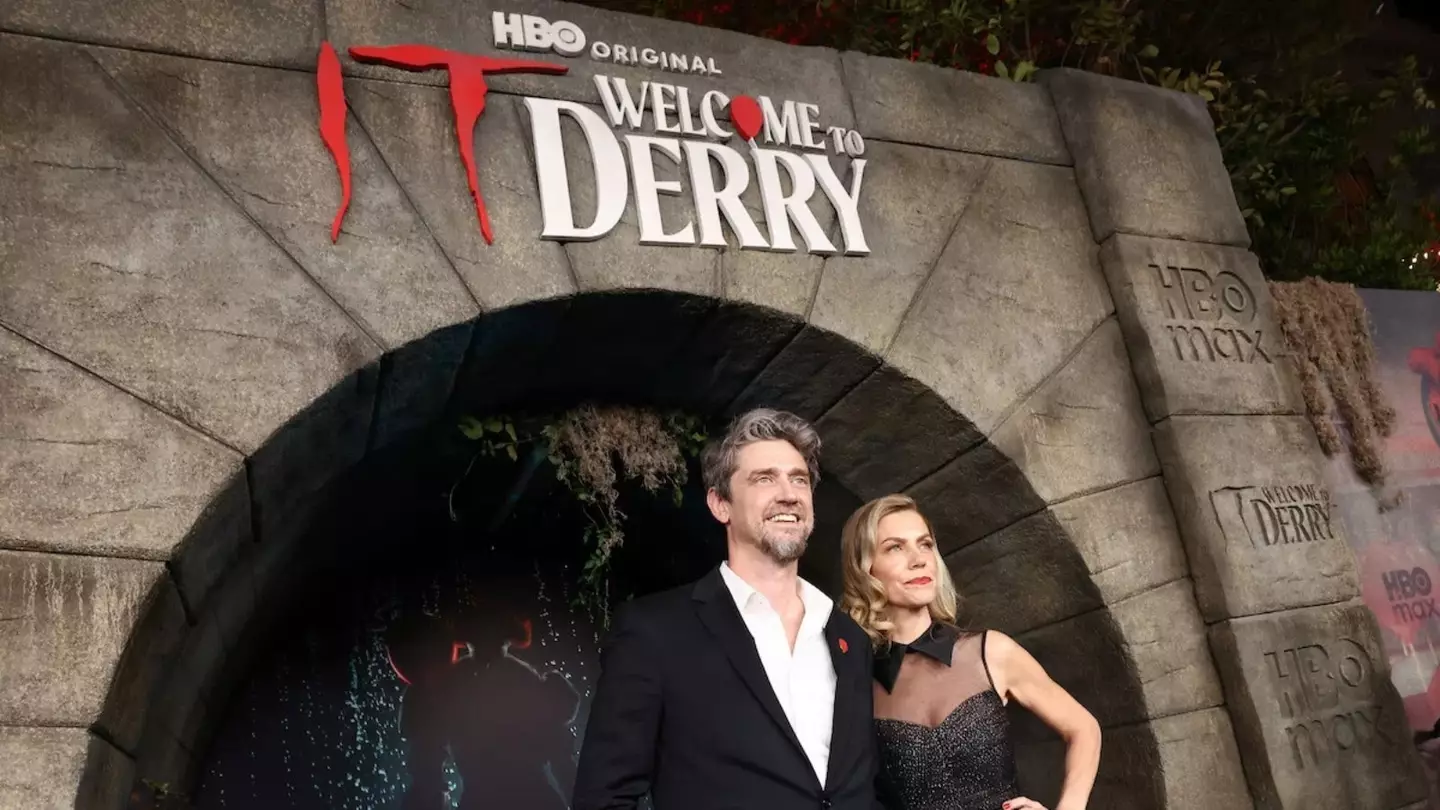
Supplied: HBO
What’s the biggest creative risk you took in the series that might not have worked so much in the films?
Andy: So I think that is, even though there was a lot of invention in the movies that departed from the book, in the series we took more of those creative licenses, because the key, I think, from the beginning, was to fill the gaps.
As you know, Welcome to Derry is based on the interludes of Mike Hanlon, which are chapters of the book where the stories of the past are told. But it’s a very fragmented narrative because it’s Mike Hanlon interviewing people who know a little bit about this and a little bit about that. So there was a lot of world creation, a lot of story creation, and definitely a lot of character creation.
So I think, in that sense, we took a bigger leap in the creation of the world because we were basically creating something that is implied in the book, but not fleshed out so much
Speaking of that shift, going from directing these massive films to producing a TV series, what ended up being the biggest challenge or the biggest surprise in that transition for you both?
Barbara: The length of the process was crazy. We were on it for four years, and I will say that I think with the films, there was a little more autonomy. But it was still a wonderful process, and we learned so much from it, and we’re still learning. You know, it’s two different businesses. They are not alike.
I think we took it on as if we were making movies, so there were some challenges we put upon ourselves right from the start. We accept that. But at the same time, I believe the show gained a lot from bringing that experience.
One example I’ll give you is the set pieces — the scares. They don’t belong to a television schedule. You could never shoot a scare the way Andy shot his scares in a typical television schedule, and we gave it days and days, different units and many layers to do them as Andy dreamed, and that’s achieved.
You’re not disappointed with the scares. Also, the decision to not have Pennywise appear straight away really builds that fear. When you finally see him later on, you kind of appreciate it a bit more.
Andy: We haven’t really shown this to anyone yet. This is the first set of responses that we’ve had from the audience. So that was a bet from us, the delayed appearance of Pennywise, and it was a bit of a leap of faith. But I believe in the build-up and anticipation. And because it’s a series, it’s not just, you know, half an hour without seeing him, it’s several episodes without seeing him. So your response is very satisfying because it feels like it worked.
He’s a shapeshifter, so you can actually have his presence without being the clown, and at the same time build anticipation because it’s not the clown.
And speaking of Pennywise, he’s obviously such an iconic part of this series, and Bill Skarsgård brings so much to the role. He’s really made it his own. But I heard he was hesitant to return to the role here. How did you convince him? If he had said no, what was Plan B?
Barbara: There was no Plan B for us. It was almost unimaginable to do this without Bill. And yeah, I know what you’re saying, but I think it was magnified by the press in general. It wasn’t hesitation, it wasn’t like that. It was literally a lot of people trying to figure out a schedule with two [writer’s] strikes. It’s our everyday bread and butter in this business.
Andy: There was a lot of chatter that just wasn’t real. Fans speculate, and it becomes a broken telephone. I do think there was a time, because I heard him in an interview saying, ‘I wasn’t sure at that time’ — but that’s the life of an actor. You know, they go and make ten more movies than you do as a director or producer, and suddenly they’re in a different place in their lives. The return to this world is actually unusual for someone on that path.
But we eventually came to terms because we’re like brothers, and also because he believed in the project. He saw enough original things in this new story that would bring new colours and new flavours to the character, and that’s how he eventually jumped on it.
HBO Original drama series IT: Welcome to Derry debuts Monday, 27 October, only on HBO Max. New episodes every Monday.
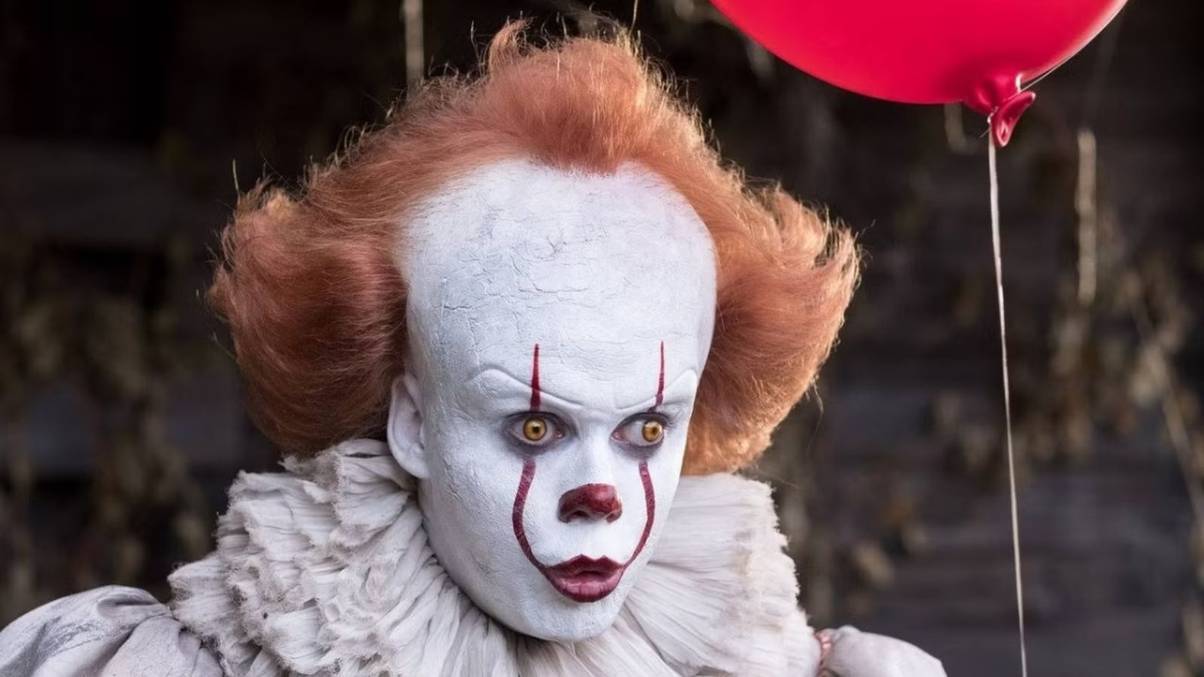





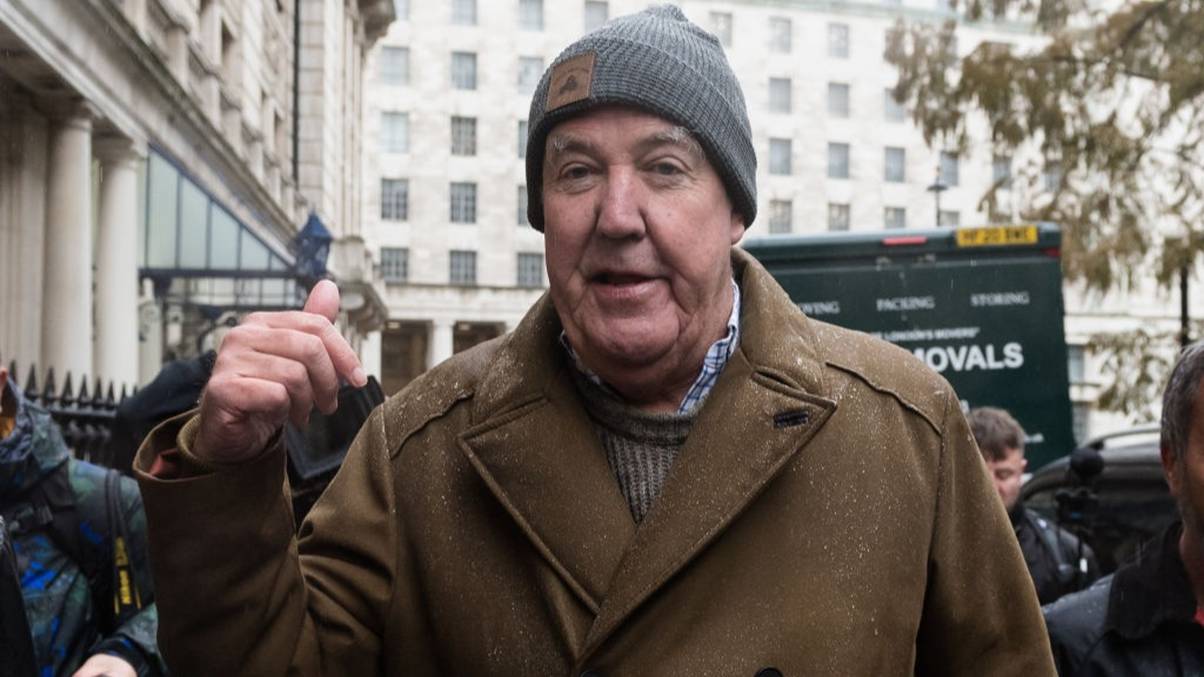
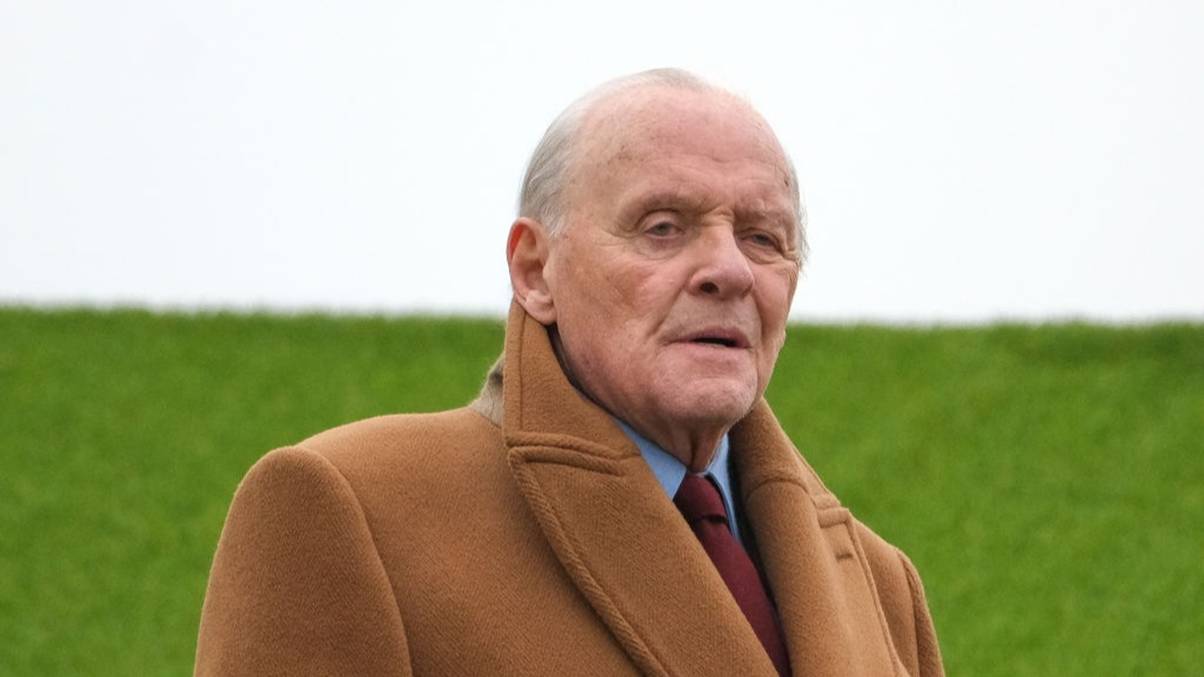
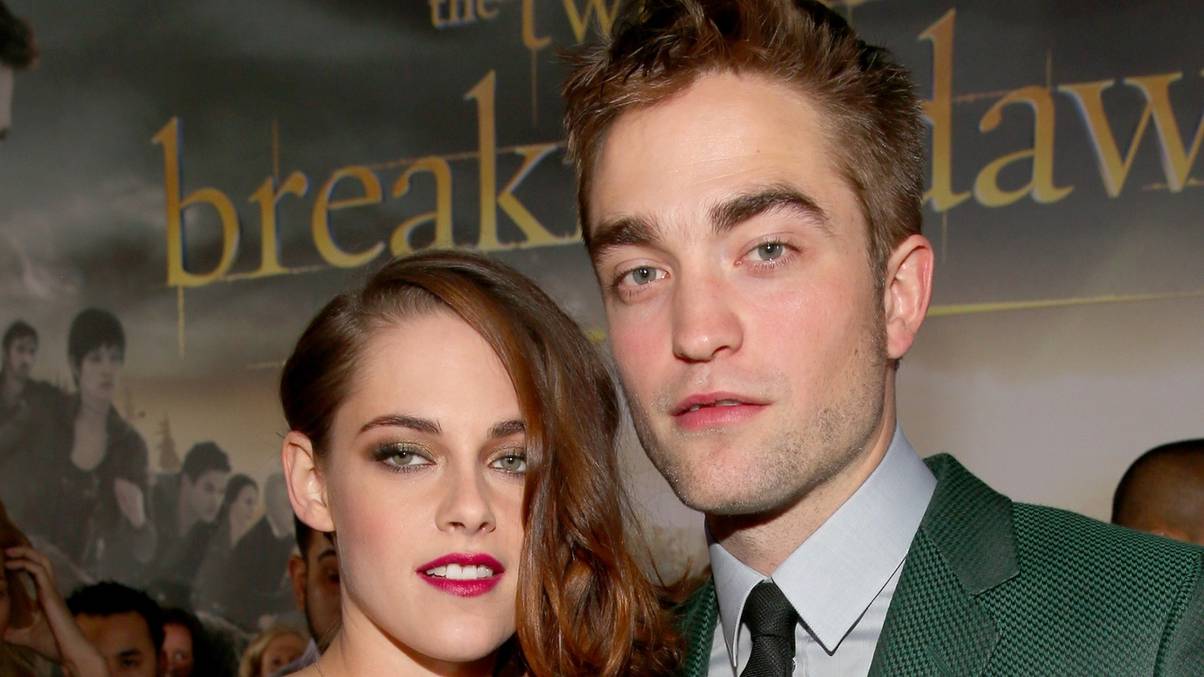
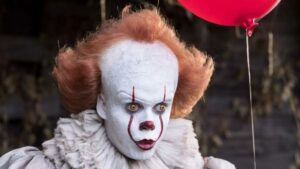
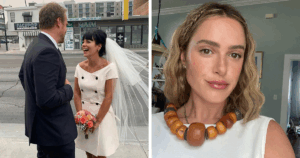


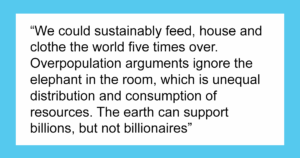





Post Comment